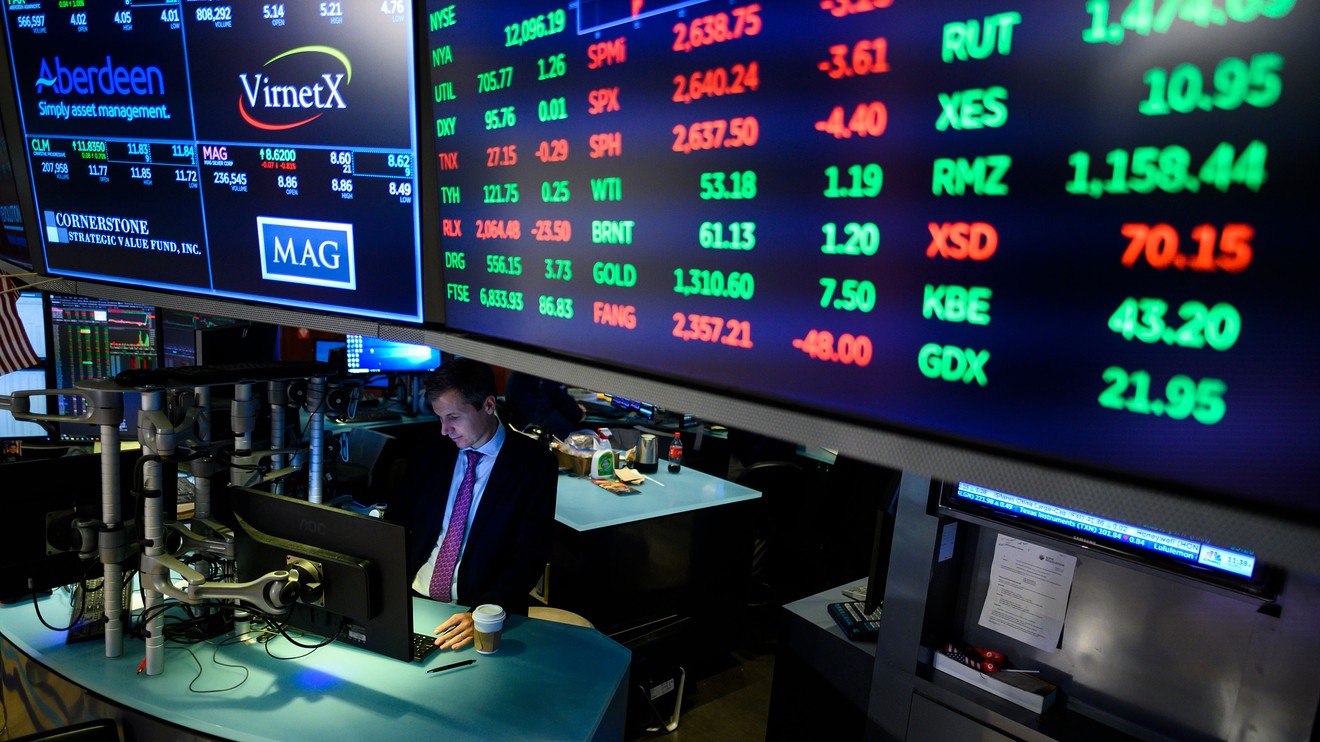
The stock market is wrestling with a “bad news is actually good news” scenario.
US gross domestic product shrank in the second quarter after slowing in the first quarter as well. Two consecutive quarters of contraction is the technical definition of a recession, although the real-world definition is more nuanced. In addition, personal consumption fell in the second quarter.
So of course stocks are up on Thursday, with the S&P 500 Index rising 0.8% and the Nasdaq 100 Index gaining 0.3% at midday. What gives?
The answer is all about what the Federal Reserve is planning to do with interest rates from here. Equity traders have almost priced in a US recession after a horrific first half of the year. So Thursday’s GDP data was no surprise. Instead, it offers further hints of an eventual slowdown in the Fed’s rapid pace of interest-rate increases to cool a 40-year high in inflation.
While 15% to 20% market corrections are customary outside of a recession, the 23.4% peak-to-trough decline this year in the S&P 500, combined with an inverted yield curve, largely assures an economic recession is imminent, according to BI equity strategists Gina Martin Adams and Michael Casper.
“A profit recession is already underway, and our fair-value model suggests stock prices were a mere 2% away from pricing in a garden-variety economic recession when they hit a low in June,” Martin Adams and Casper wrote in a research note. “While profit recessions don’t always coincide with economic recessions, leading job-market indicators are weakening materially, and it’s the depth of the former rather than the timing of the latter that should matter most for stocks.”
Since 1929, the S&P 500 on average has hit its low point 9.4 months after recessions begin, and 4.3 months before recessions end. So if a recession has already begun, it will likely be over by November 2022, according to Martin Adams and Casper.
BI’s fair-value model suggests a modest recession may have been priced in following this year’s stock-market selloff. That means a price recovery could emerge with an earnings trough in the second half of 2022. In fact, earnings-per-share growth in the second quarter for the S&P 500 is tracking a modest gain from 2021, but when excluding the high-flying energy sector, index net income is on pace to drop 3.2%, according to BI. That suggests investors are expecting a modest profit recession this year.
To be sure, a recession typically means a decline in economic activity that’s broad and lasts more than a few months. Still, investors shouldn’t wait for the National Bureau of Economic Research to declare a US recession, according to Sam Stovall, chief investment strategist at CFRA, since the organization takes almost seven months on average before making the call, he explained.
“Bear markets have lasted 14 months on average since World War II,” Stovall said. “By the time the NBER tells us we’re in a recession investors may already miss out on buying stocks at cheaper prices because the market tends to bottom five months before a recession ends.”


